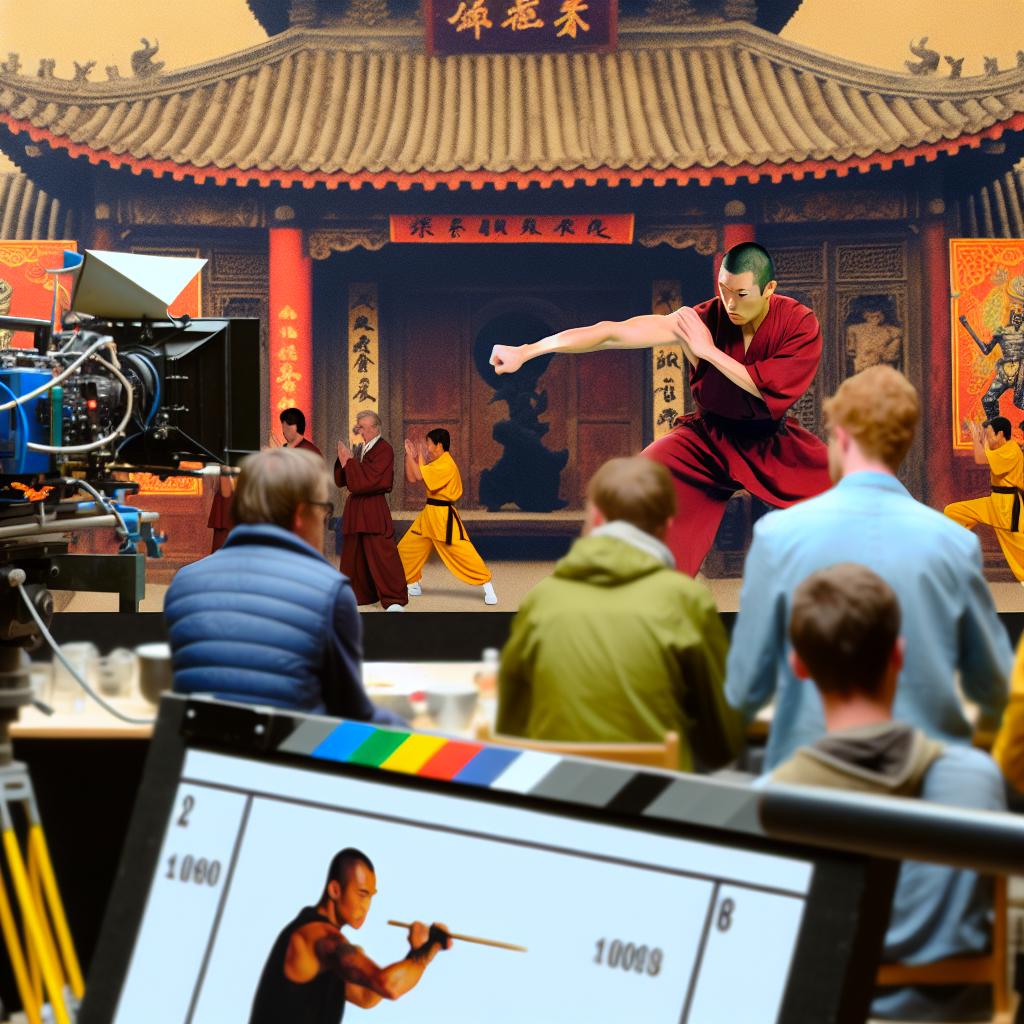
The Role of Shaolin Monks in Cinematic Arts
The Shaolin monks, renowned for their exceptional martial arts skills and highly disciplined way of life, have served as a profound source of inspiration across both cinema and television. Over many decades, their influence has woven itself into various media forms, providing a distinctive mix of spirituality, cultural tradition, and martial prowess that continues to captivate audiences worldwide.
Historical Context and Popularity Surge
The connection between the Shaolin monks and martial arts traces back to approximately the 6th century in China. Their practices are deeply rooted in Buddhism, focusing on the pursuit of spiritual enlightenment alongside physical discipline. During the 20th century, particularly in the 1970s, the cinematic world’s interest in Shaolin began to take shape. This era marked a significant surge in the popularity of martial arts films. Figures such as Bruce Lee emerged during this time, capturing the imagination of audiences even though he wasn’t a Shaolin monk himself. His work drew inspiration from philosophies that closely align with those of the Shaolin, reflecting the intense curiosity in this realm of martial arts and spirituality.
Iconic Films and Television Shows
A pivotal moment in the introduction of Shaolin culture to a global audience came with the 1978 release of the film “The 36th Chamber of Shaolin.” Directed by Lau Kar-leung, this film not only showcased the monks’ intense training but also embedded the philosophical teachings that underpin their practices. It set the standard for numerous subsequent films and television series that would explore Shaolin stories or feature characters influenced by their teachings. Among these, Jet Li’s “Shaolin Temple” stands out, alongside the television series “Kung Fu” starring David Carradine, which aired in the 1970s. These works were instrumental in popularizing Shaolin philosophy and introducing Western audiences to these rich traditions.
Cultural and Philosophical Impact
In cinema and television, the depiction of Shaolin monks often transcends their martial arts expertise. These narratives frequently explore the monks’ broader philosophical and spiritual teachings, emphasizing aspects such as discipline, humility, and the pursuit of inner peace. This cultural and philosophical engagement has led to a more extensive appreciation of Shaolin teachings. Consequently, their influence extends beyond the entertainment domain, impacting practices related to self-discipline and meditation in various societies around the globe.
Modern Integration and Continued Legacy
In contemporary times, the presence of Shaolin monks within media remains strong. Modern films and series continue to delve into their rich cultural heritage. Productions today often integrate real-life Shaolin practitioners, striving for authenticity and precise representation. This ongoing fascination signifies the enduring impact of the monks on global cinema and television. Moreover, it highlights their role in fostering cross-cultural exchanges and enhancing understanding between varied audiences and cultures.
The Shaolin monks’ integration into cinematic arts represents more than merely an exploration of martial arts. It’s a tribute to a way of life that balances the physical with the spiritual, an ethos that resonates widely across different cultures and time periods. As production techniques have advanced, the representation of Shaolin monks has also evolved, moving from simple portrayals of physical prowess to more complex narratives that emphasize their philosophical leanings.
The impact of the Shaolin monks on the cinematic arts is multifaceted, shaping not only the stories being told but also the very way in which they are presented. Productions have increasingly aimed to capture the authenticity of Shaolin practices, influenced by a desire to remain true to the original spirit of these age-old traditions. This attention to detail reflects a broader cultural fascination with authenticity in cultural representations. As audiences grow more discerning, filmmakers are motivated to present more nuanced and respectful depictions of the Shaolin way of life.
Furthermore, the legacy of Shaolin monks in cinema and television underscores a shared human interest in stories that intertwine personal growth with cultural tradition. The universal themes present in these narratives, such as the search for identity, the struggle for mastery and the quest for meaning, echo across cultural boundaries, making them relatable to a wide audience. Such themes appeal to universal human experiences, thereby ensuring the ongoing relevance and admiration of Shaolin-based stories in entertainment.
Looking forward, the influence of Shaolin monks in the arts seems likely to continue evolving, adapting to new storytelling techniques and audience expectations. With globalization facilitating greater cultural exchange, the interest in Shaolin stories may diversify, exploring new formats and platforms. As technology introduces new ways to engage with narratives, such as virtual reality, the potential for immersive storytelling featuring Shaolin philosophies and martial arts offers exciting prospects for the future of cinematic arts.
In summary, the involvement of Shaolin monks in cinematic arts encompasses an impressive breadth of cultural, philosophical, and artistic contributions. From early representations that sparked curiosity, to modern interpretations that emphasize engagement and authenticity, the monks’ role in the arts is a testament to the enduring appeal of this remarkable cultural tradition. It serves as a reminder of the rich heritage that can be explored through cinematic storytelling and the countless stories yet to be told that draw on the profound heritage of the Shaolin monks.
This article was last updated on: May 31, 2025

